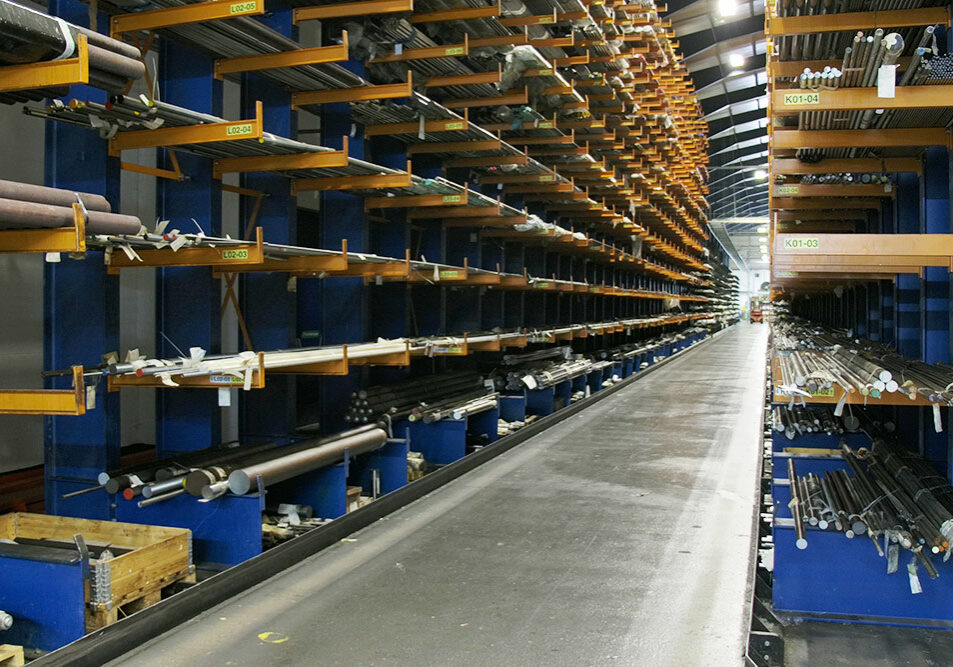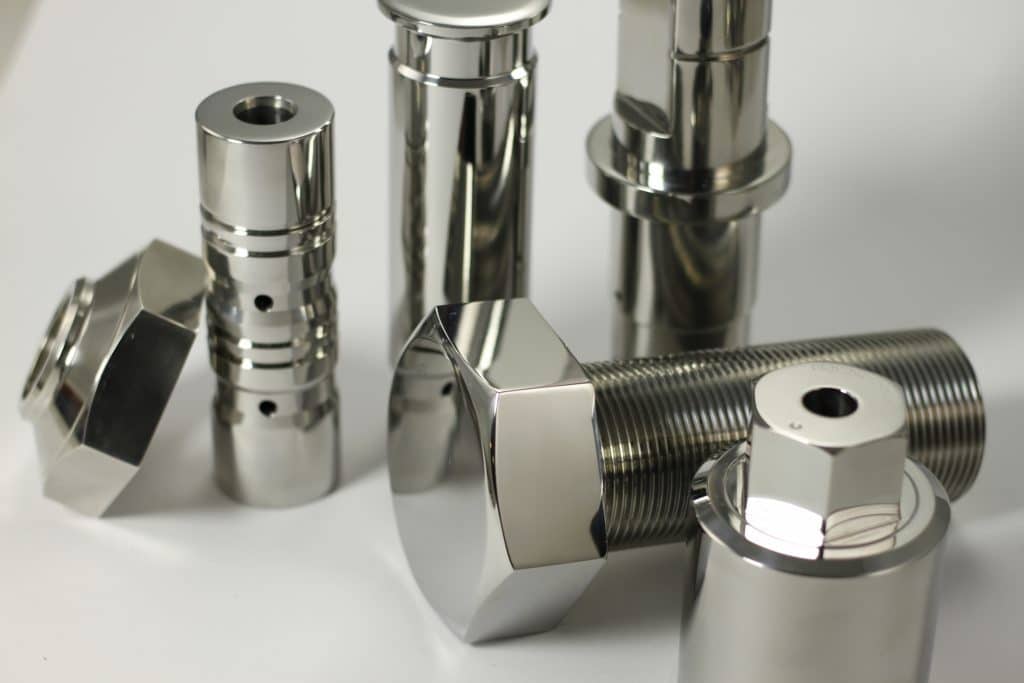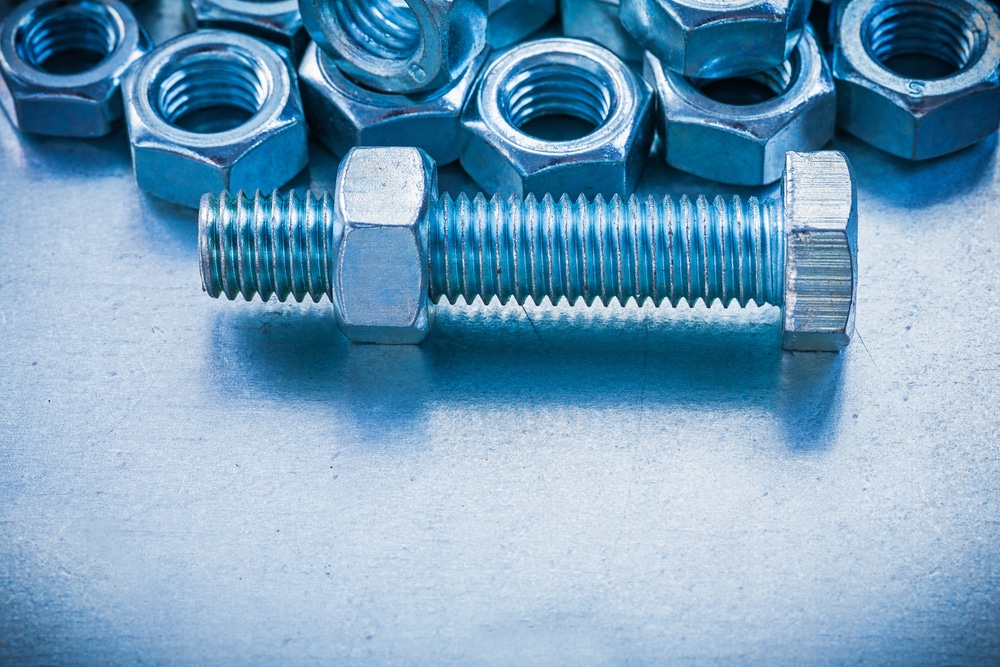Stainless steel is a group of iron-based steel alloys known for their remarkable resistance to corrosion and staining. This corrosion resistance is primarily due to the addition of at least 10.5% chromium content, which forms a thin layer of chromium oxide on the steel's surface, shielding it from oxidation. Among other things, this durability and resistance to tarnishing make it one of the “greenest” materials going, due to its high suitability for recycling. When used in construction, stainless steel has a recovery rate of close to 100%.
Knowing why it is so popular is one thing; knowing the various types of stainless steel is crucial for any industry that relies on these materials. Stainless steel comes in numerous grades, each with unique compositions and properties designed for specific applications. While those grades need not detain us here, they are worth learning about elsewhere. This article will delve into the five most common stainless steel grade types: Austenitic, Ferritic Steel, Martensitic, Duplex, and Precipitation Hardening. It will explore what these names mean, where each different grades type is most useful, and why.

Austenitic Stainless Steel
Austenitic steel is the most widely used types of stainless steel. This steel is characterised by its high chromium and nickel content, which contribute to its exceptional corrosion resistance and formability. Austenitic stainless steel can be made into just about any shape you want it to take, and can then hold that shape better than just about any material.
Apart from being corrosion-resistant, austenitic stainless steel is also known for its excellent mechanical properties. It is easily formable, weldable, and possesses good impact resistance, making it an exceptionally versatile and widely usable form of steel. This type of steel is also non-magnetic. Because non-magnetic stainless steel tends to be considerably lighter than ferrous forms, it is often the type of stainless steel that will be used in domestic applications.
Because of its excellent properties, austenitic stainless steel is used in a wide range of applications, industrial, architectural and in the cooking trade. It is often used in food processing equipment, kitchen utensils, chemical tanks, and architectural facades. That breadth of use demonstrates, perhaps better than any discussion of its properties, just how durable and resistant austenitic stainless steel really is.
Ferritic Grades of Stainless Steel
Ferritic SS types contain a high concentration of chromium but a minimal amount of nickel. While this low quantity of nickel does mean it loses out in terms of formability and ductility, it does nonetheless have a lot of properties that make it widely applicable. It has a body-centered cubic crystal structure, which gives it its name. Ferritic stainless steel is known for its excellent corrosion resistance, good formability, and high resistance to stress corrosion cracking. Unlike austenitic stainless steel, it is magnetic.
Ferritic stainless steel, thanks to the toughness that comes from its high chromium level, is commonly used in automotive applications, such as exhaust systems. It is also used in kitchen appliances, industrial equipment, and architectural panels.
"Understanding the differences between the types of stainless steel is crucial in order to make the correct selection for your specific application. With stainless steel being used across a wide range of industries it's versatility and durability make it an invaluable material "
- Lonestar Fasteners, Europe
Martensitic Stainless Steel
Martensitic stainless steel is one of many types of stainless steel characterised by its high carbon content, which allows it to be hardened and tempered. Martensitic stainless steel exhibits excellent hardness and high tensile strength but has relatively less corrosion resistance compared to austenitic or ferritic stainless steels. It is also magnetic. This form of steel takes its name from the German metallurgist Adolf Martens, who played a key role in discovering the manufacturing process that bears his name; it is characterised by a diffusionless transformation that allows the alloy to become harder
Martensitic stainless steel is often found in applications where hardness and strength are paramount, as it brings an increased ability to make accurate cuts and precise repetitive movements. Due to these properties. its uses include surgical instruments, cutlery, and pump shafts.
Martensitic vs Austenitic Stainless Steel
When it comes to comparing martensitic vs austenitic stainless steel, austenitic shows superior resistance to corrosion, enhanced ductility, and ease of forming. On the other hand, martensitic stainless steel stands out due to its impressive resistance to wear, hardness, and robustness. The selection between these two forms of stainless steel hinges on the particular demands and conditions of their intended application.
Duplex Stainless Steel
Duplex stainless steel, as the name suggests, is a steel which meshes the best of two different types. In this case, it combines the properties of austenitic and ferritic stainless steels, resulting in a material with high strength and excellent corrosion resistance. Duplex stainless steel is known for its high resistance to stress corrosion cracking, good weldability, and high strength. It also exhibits better resistance to pitting and crevice corrosion compared to other types of stainless steel.
Duplex stainless steel is often used in chemical processing plants, desalination plants, and marine applications. These uses are a testament to its resistance to corrosion, with duplex stainless steel benefiting from a high content of molybdenum. As chemical plants often use harsh chemicals, often at high temperatures, these properties of duplex stainless steel mean that it is one of few materials capable of withstanding those conditions and keeping its shape without tarnishing. Any exposure to liquid with a high salt content is also a reason to use a material with those properties, explaining its use in the latter categories.
Precipitation Hardening Stainless Steel
Precipitation hardening (PH) stainless steel is a category of stainless steel that can be precisely hardened by a heat-treating process known as precipitation hardening, hence its name. PH stainless steel is characterised by its excellent strength and high resistance to corrosion. Additionally, it's capable of achieving a wide range of strengths and hardness through the heat-treating process, giving it versatility in its applications.
Due to its unique attributes, PH stainless steel is often found in aerospace and other industries where high strength and corrosion resistance are required. Common applications include gears, valves, and fasteners.
Conclusion
In conclusion, the mose common stainless steel grade types - Austenitic, Ferritic, Martensitic, Duplex, and Precipitation Hardening - each have unique characteristics and uses. Understanding these differences is crucial when choosing the right type of stainless steel for your specific application. The versatility and durability of stainless steel make it an invaluable material in many industries, from food processing to aerospace, to construction, and beyond. Not every one of the different types of stainless steel will work as well in each application, so it is essential to know what each type offers before planning to put them into use in a specific industry.
LoneStar Fasteners Europe is a leading manufacturer and supplier of high-performance fasteners that adhere to relevant standards and provide our customers with the solutions they need to maintain safety and compliance. Learn more about our steel precision bolts and fasteners or contact us to make an enquiry.
Quotation / Information Request



